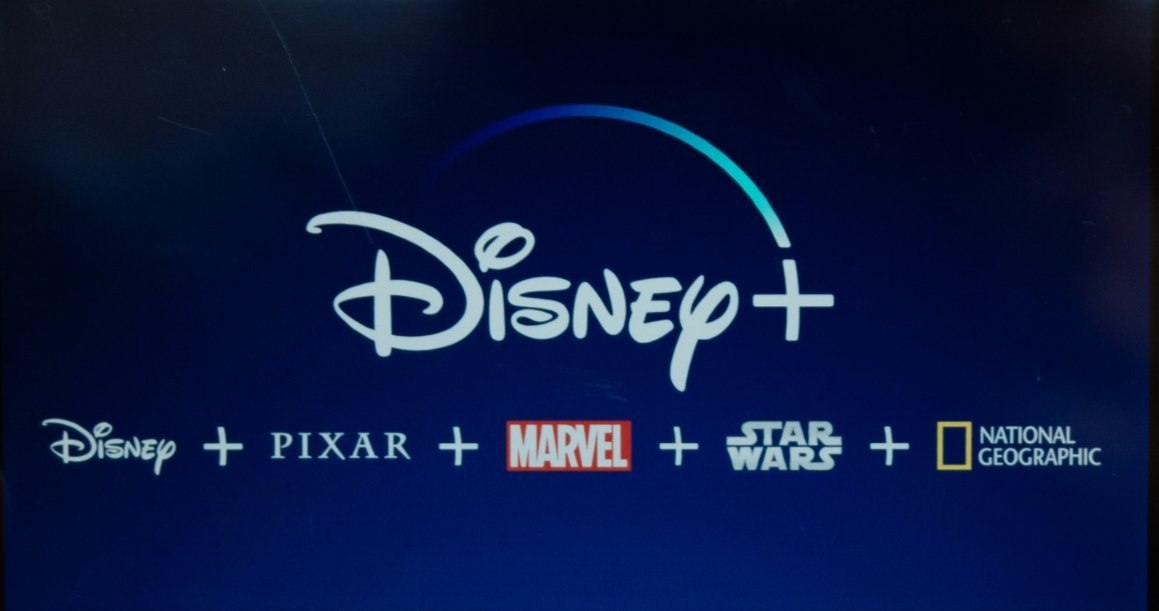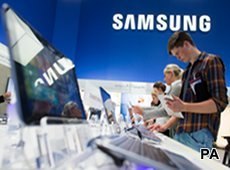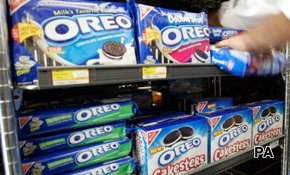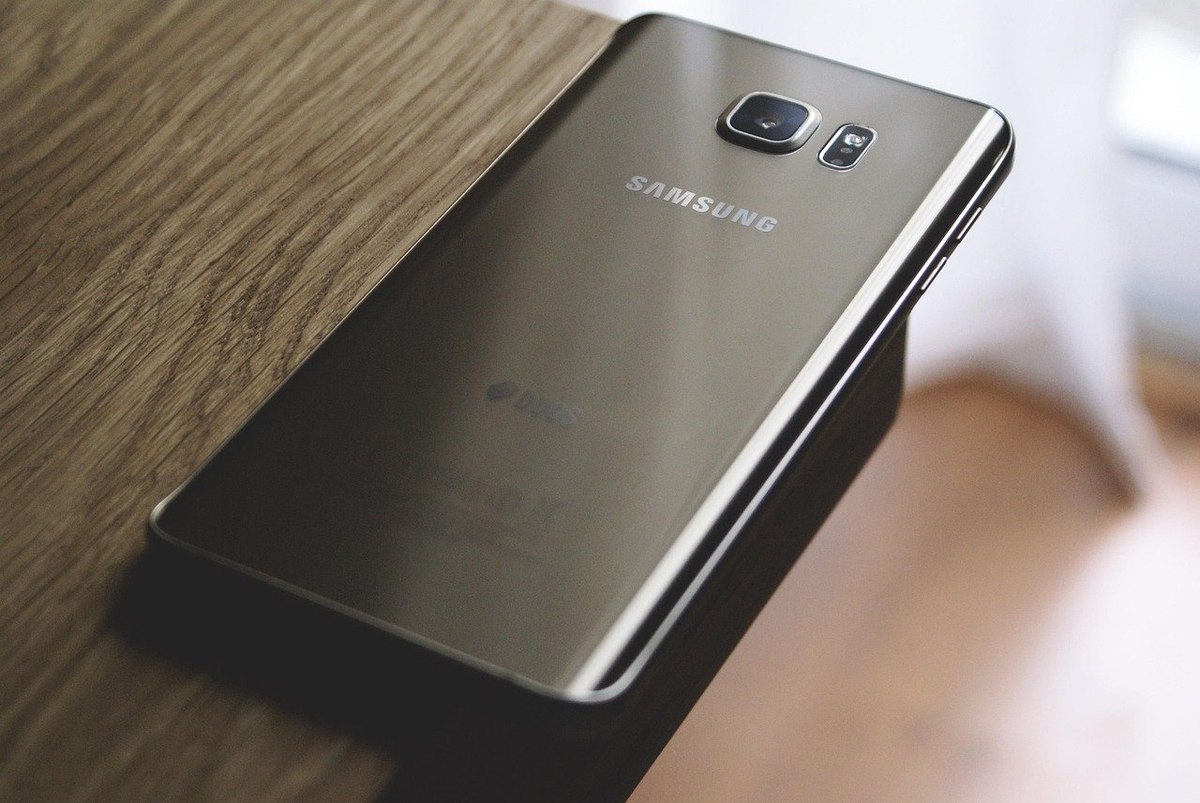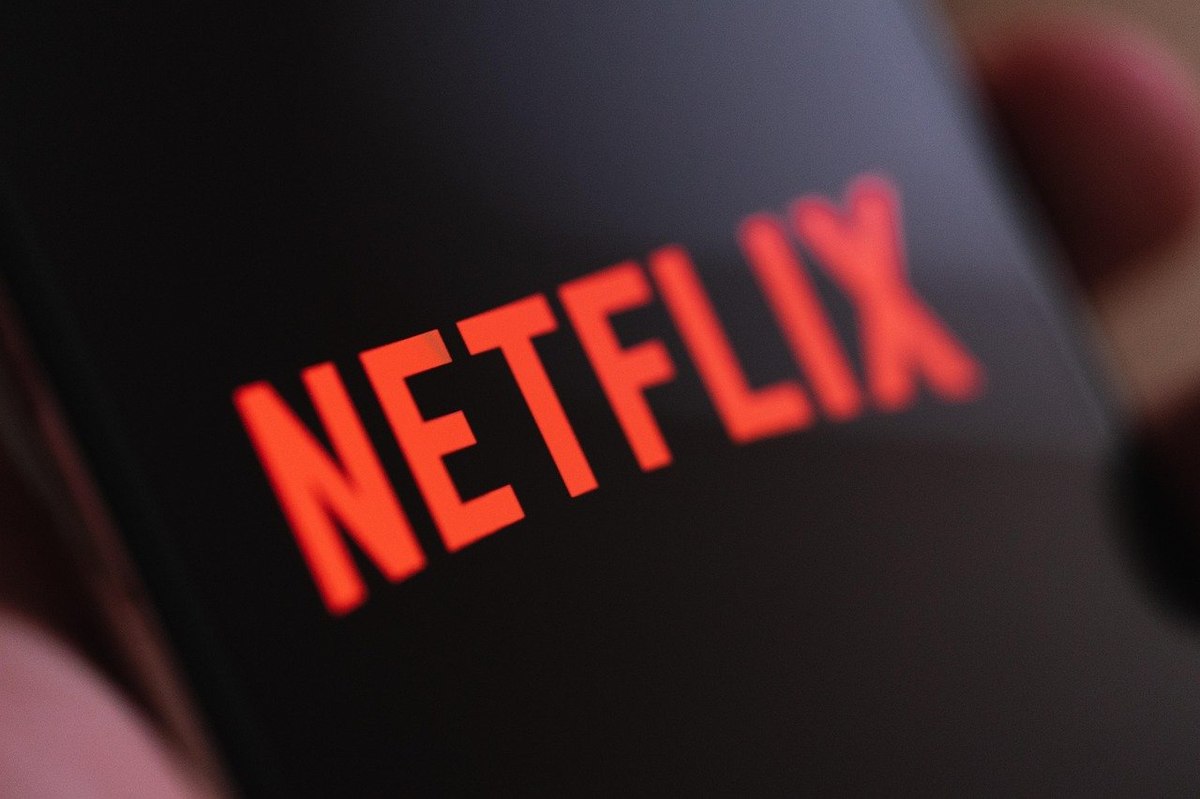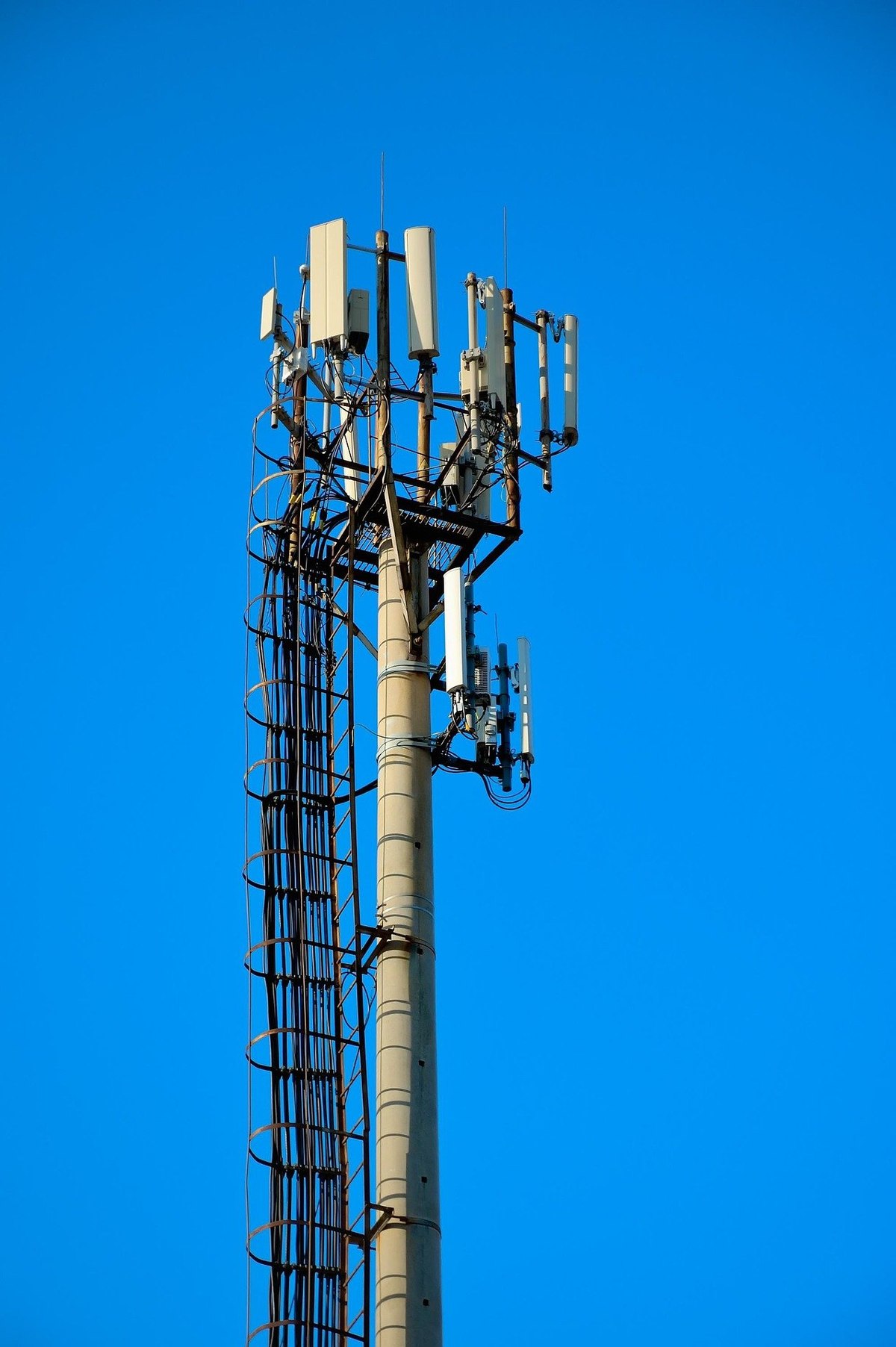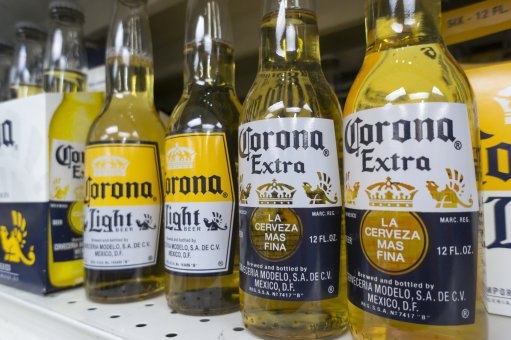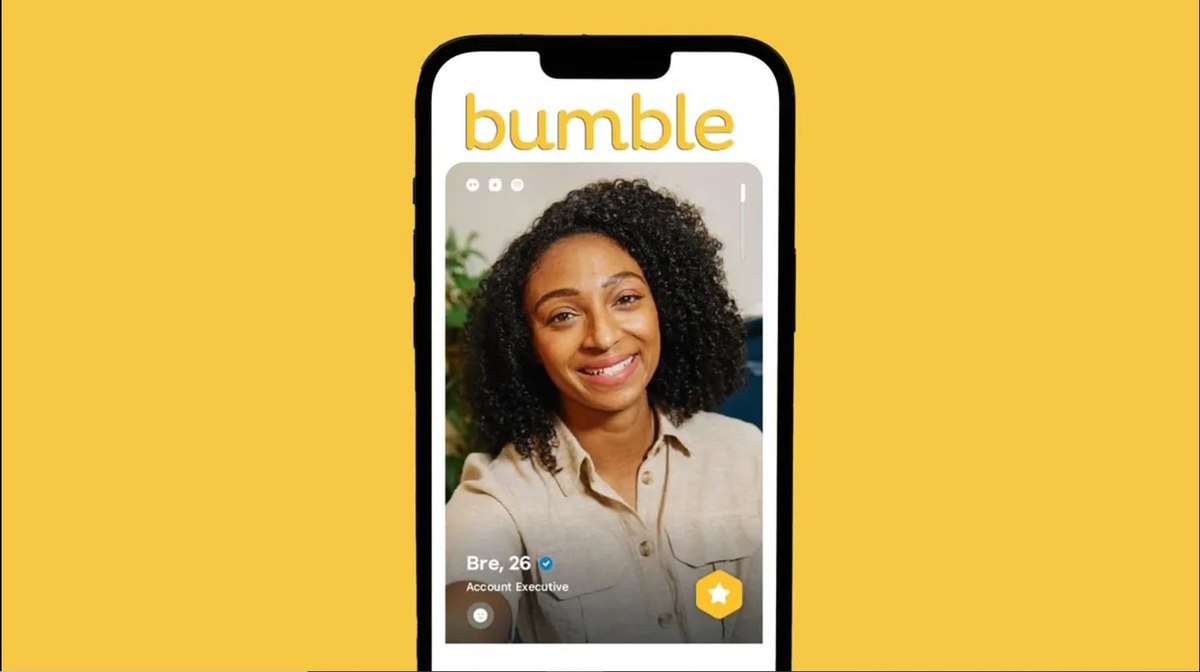
From rebrand to controversy - Bumble’s brand health struggles in 2024-2025
Bumble, known for its women-first approach to online dating, made significant changes to its platform in 2024. In May, the company introduced a major rebrand, updating its logo, tweaking the interface, and launching a new feature called “Opening Moves.” This allowed men in heterosexual matches to initiate conversations by responding to preset prompts, shifting away from Bumble’s original model where women had to message first. Additionally, the company rolled out an ad campaign meant to encourage singles to stay engaged in dating. However, both the rebrand and the campaign led to a sharp decline in brand perception.
Rebrand triggers drop in brand perception
Bumble’s Index score, which measures overall brand health based on Impression, Value, Quality, Reputation, Satisfaction, and Recommendation, saw a steady decline following the rebrand. On May 1, 2024, the Index score was 1.7, but after the rebrand news, it gradually dropped into negative territory. By June 10, it had fallen to -2.2 and continued declining, reaching -4.3 on July 26 – a total drop of 6 points in less than three months.
Ad campaign backlash further impacts media scores
As part of its rebranding, Bumble launched an ad campaign designed to keep singles engaged in dating. However, the campaign, which included slogans like “a vow of celibacy is not the answer,” sparked backlash from influencers and social media users, who criticized it as insensitive and dismissive of personal choices. The negative response led Bumble to pull the ads and issue an apology, but the damage to public perception had already been done.
Following the controversy, several key brand metrics saw sharp declines.
- Impression score, reflecting whether consumers view Bumble positively or negatively, fell from 1.2 on May 1 to -3.6 on July 30 (a 4.8-point drop).
- Value score, measuring value for money, declined from 0.3 in early May to -4.5 by August 14 (a 4.8-point decrease).
- Reputation scores, indicating if consumers would be proud or embarrassed to work for the brand, dropped from -4.3 on May 1 to -11 by August 8 (a 6.7-point decline).
- Satisfaction score, measuring whether consumers are satisfied or dissatisfied with a service, fell significantly, plunging from 10.2 on May 1 to just 1.5 by June 28 (an 8.7-point drop).
- Recommendation score, which measures how likely users are to suggest Bumble to others, dropped from -0.1 on May 1 to -7.9 by August 8 (a 7.8-point decline).
Consideration scores show stability despite controversy
Despite the backlash, Consideration scores, which measure the likelihood of consumers choosing Bumble, remained relatively stable in 2024. Among all U.S. adults, the score fluctuated between 7.5 and 8.5 throughout May, then gradually declined to around 6.8 by late June, where it remained steady in the following months. The trend among women was similarly stable, showing that while public perception declined, Bumble’s user base may not have been significantly deterred from considering using the platform.
In 2025, Consideration scores declined slightly among the overall adult population (from 8.5 on January 1 to 6.1 by March 1, 2025). However, among women, Consideration actually increased, rising from 4.6 on January 1 to a peak of 7.7 on February 19, 2025, before stabilizing. This suggests that while overall public sentiment toward Bumble declined, the platform may have been making some gains in appealing to its female audience.
Bumble’s brand health in 2025 remains under pressure, but the company’s ability to maintain user consideration, especially among women, suggests that while public perception has suffered, the dating platform still retains interest among potential users.
Methodology: YouGov BrandIndex collects data on thousands of brands every day. Bumble’s Impression score is based on the question: Which of the following brands do you have a generally POSITIVE/NEGATIVE feeling about? Satisfaction: Which of the following brands would you say that you are a SATISFIED/ DISSATISFIED customer of? Reputation: Imagine you were looking for a job (or advising a friend looking for a job). Which of the following companies would you be PROUD/EMBARRASSED to work for? Value: Which of the following brands do you think represents GOOD/POOR VALUE FOR MONEY? Recommendation: Which of the following brands would you RECOMMEND/tell a friend to AVOID? and delivered as a net score between –100 and + 100. Consideration score is based on the question: When you are in the market next to make a purchase, which brands would you consider? and delivered as a percentage. Average daily sample size and volume are mentioned in the charts.
